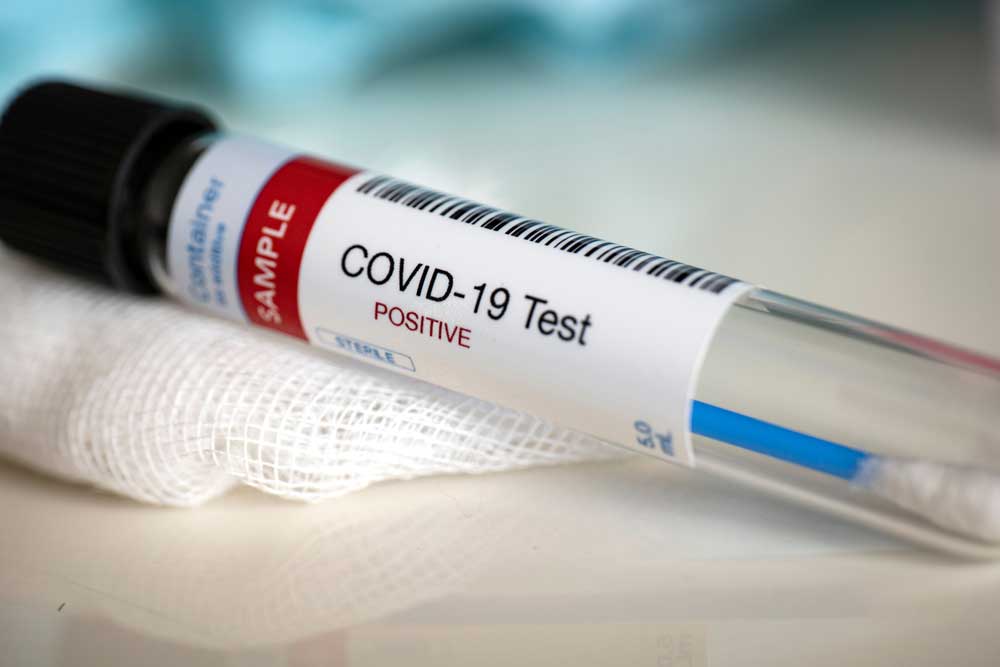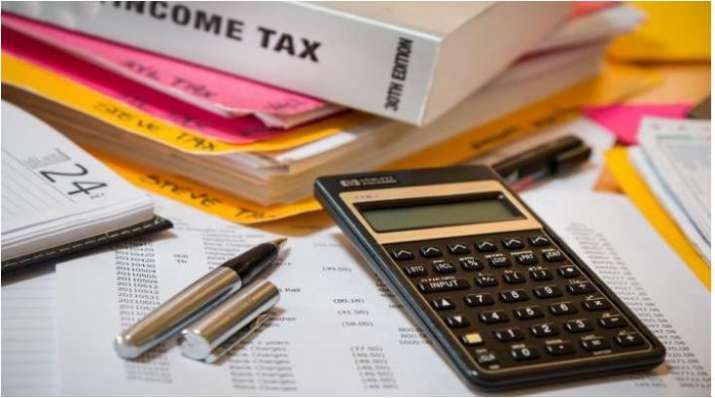Comorbidity comeback in Covid-19 data With 9 more deaths in 24 hours till 9am on Monday, Bengal’s toll of 405 included 260 casualties from the city

The only other districts with a double-digit death toll are North 24-Parganas, with 58, and Howrah, with 50.
Bengal on Monday, for the second time since April 30, issued details of comorbidities in deaths as part of the daily Covid-19 data noting the presence of “co-morbidity status” in 266 or 65.6 per cent of the total 405 deaths so far.
With nine more deaths in 24 hours till 9am on Monday, Bengal’s toll of 405 included 260 casualties from the city.
The only other districts with a double-digit death toll are North 24-Parganas, with 58, and Howrah, with 50.
“There have been many questions raised on further details of comorbidities. That is why, after the chief minister (Mamata Banerjee) herself gave the go-ahead to the administration during a news conference (on May 12), the statistics were analysed thoroughly for this,” said a minister on Monday’s data.
However, after it was, in essence, picked up by other states following a nod from the Centre, Mamata had suggested that her government’s stand had been vindicated.
On Monday, the state health department, which Mamata heads, also furnished gender and age comorbid analyses of death numbers.
The data said the death rate stood at 5.4 per cent for Covid-19 positive women and 4.48 per cent for infected men.
Of those infected, those above the age of 75 accounted for the highest death rate, at 21.07 per cent. The death rate for those between 60 and 75 years stood at 15.39 and for those between 45 and 60, at 7.03. The 0-16 age group recorded a death rate of 0.69, 16-30 recorded 0.17, and 30-45 reported 1.67 per cent.
The department stated hypertension was the most common comorbidity, especially among the ages of over 45, followed by diabetes and cardiac disease. Others included chronic kidney disease, chronic obstructive pulmonary disease, malignancy and “on dialysis”.
The data also showed hypertension was present in 27 per cent of the deceased men and 29 per cent of the deceased women. Diabetes was present in 19 per cent of the deceased men and 20 per cent of the deceased women. Cardiac disease was present in 19 per cent of the deceased men and 18 per cent of the deceased women.
“These analyses will help foster a wider understanding of the exact nature of the deaths from the pandemic…. and will be very useful for research purposes,” said the minister. “Going forward, these details are likely to be shared regularly,” he added.
Bengal has been seeing a sharp rise in cases the past month, with the return of over 10 lakh migrant workers and others. As of Monday, Bengal reported 426 new Covid-19 cases, taking the total to 8,613. The release following cure of 162 more infected persons took the total number to 3,465, with a recovery rate of 40.22 per cent.
A month ago, the state had 1,786 cases, 372 cured cases and a recovery rate of 20.83 per cent. The death toll then was 171, including 72 (till April 30) attributed to co-morbidities.
With 9,024 tests reported on Monday, Bengal’s tests per million count reached 3,112. The total number of tests was 2,80,098. A month ago, Bengal recorded around 3,600 tests a day, with 437 tests per million and a total test count of less than 40,000. However, the positive confirmation rate — the percentage of people found infected among those tested — rose, from 2.71 a week ago to 3.07 per cent, indicative of higher Covid-19 spread. But the situation is better than the 4.54 per cent of a month ago.









Comments